Oily and Acne Prone Skin
Oil-Based Cleansers
Every good skincare routine begins with a gentle yet effective facial cleanser

Normal to oily skin Routine
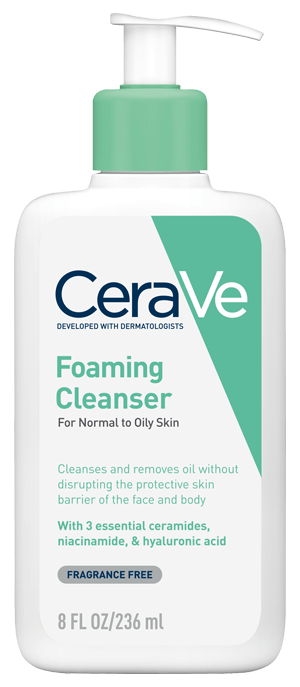
Foaming Cleanser
Normal to dry skin Routine

Hydrating Cleanser
NORMAL, ROUGH & BUMPY SKIN ROUTINE

SA Smoothing Cleanser
ACNE-PRONE SKIN ROUTINE

Blemish Control Cleanser
DRY to very dry skin ROUTINE

Hydrating Foaming Oil Cleanser
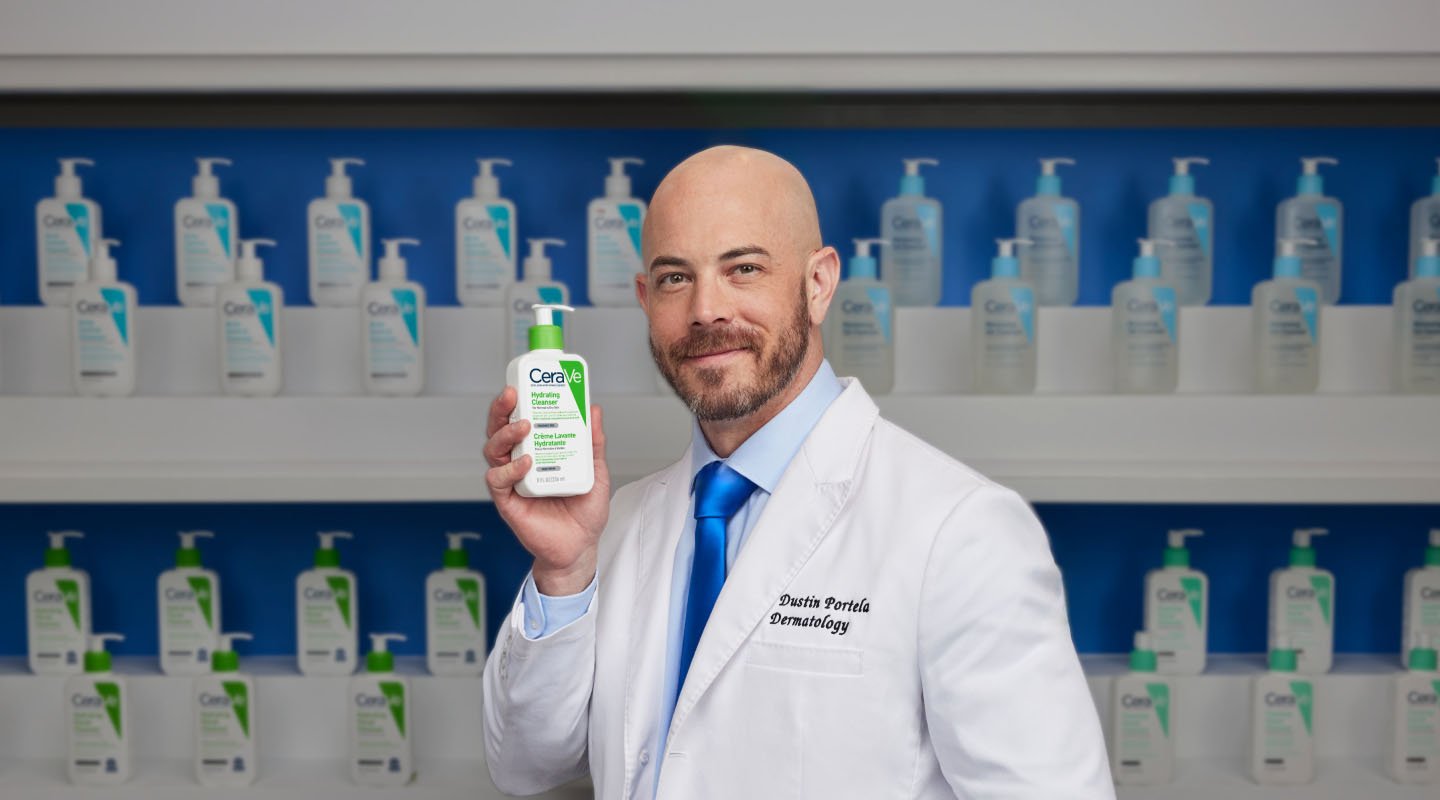
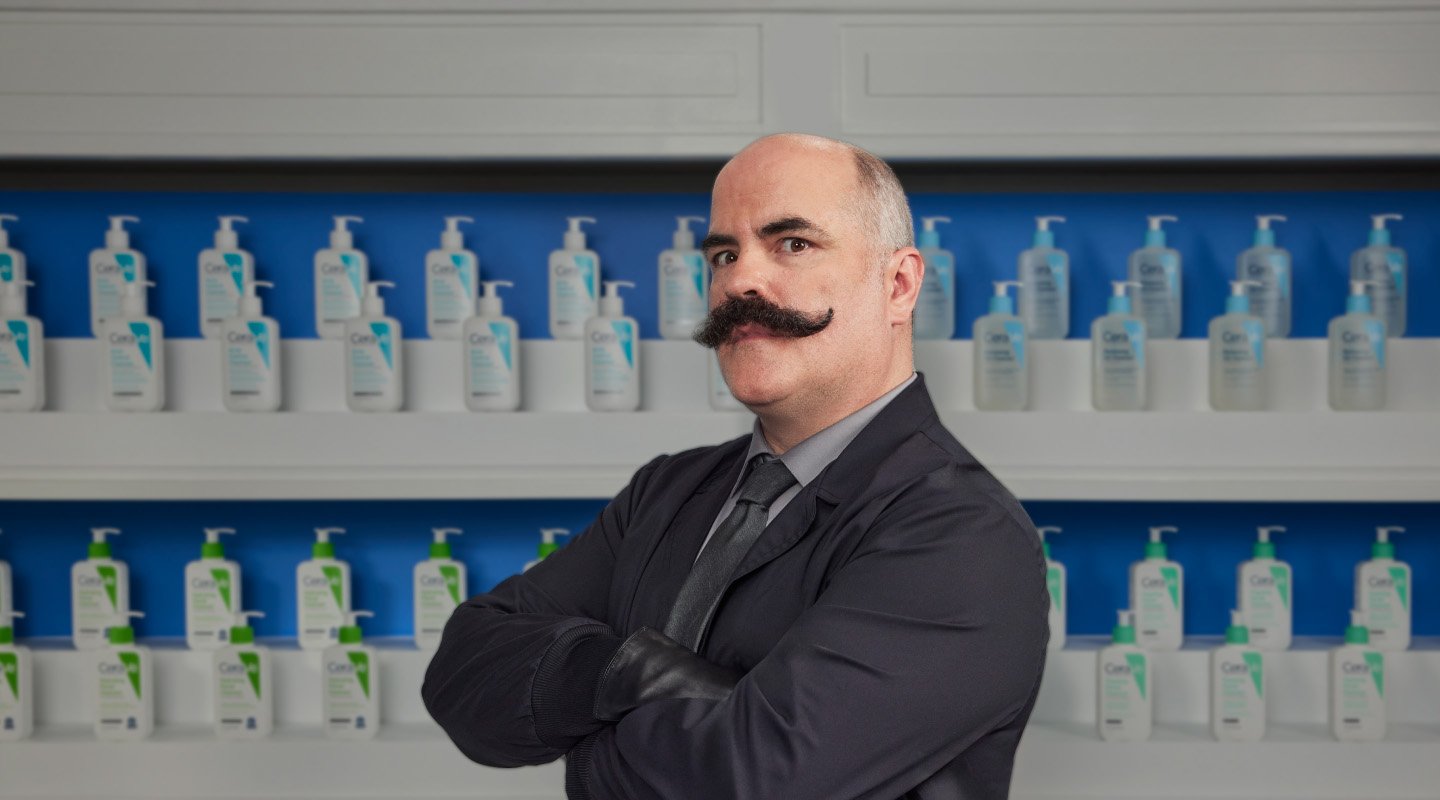


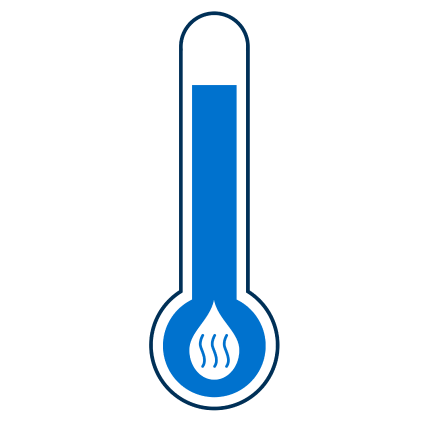
You wash your skin with hot water.

You wash your face twice daily, plus after sweating.
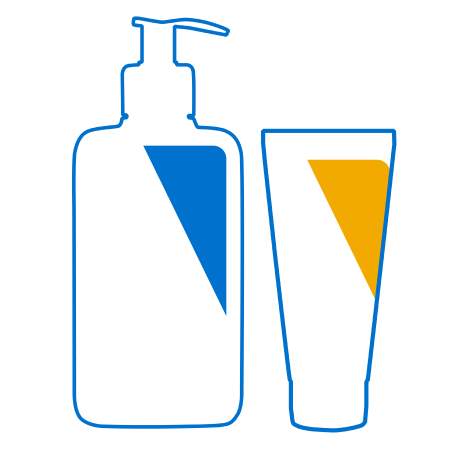
You Moisturise after washing your face.
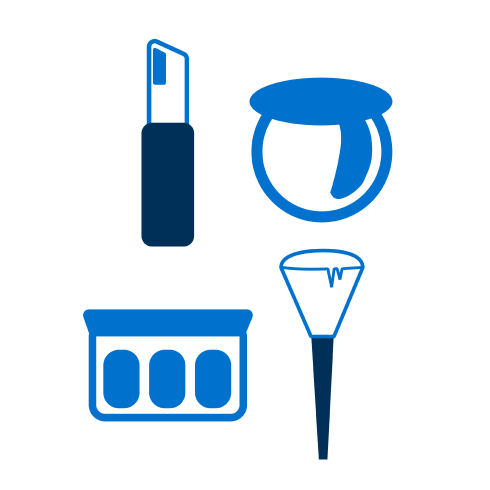
You go to bed with your make up on.
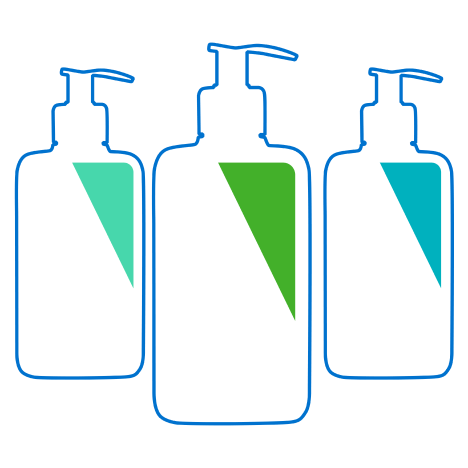
You choose your cleanser based on your skin type.

"It's important to choose the correct cleanser for your specific skin type. CeraVe cleansers are developed with dermatologists, containing 3 essential ceramides that restore the skin's natural barrier."